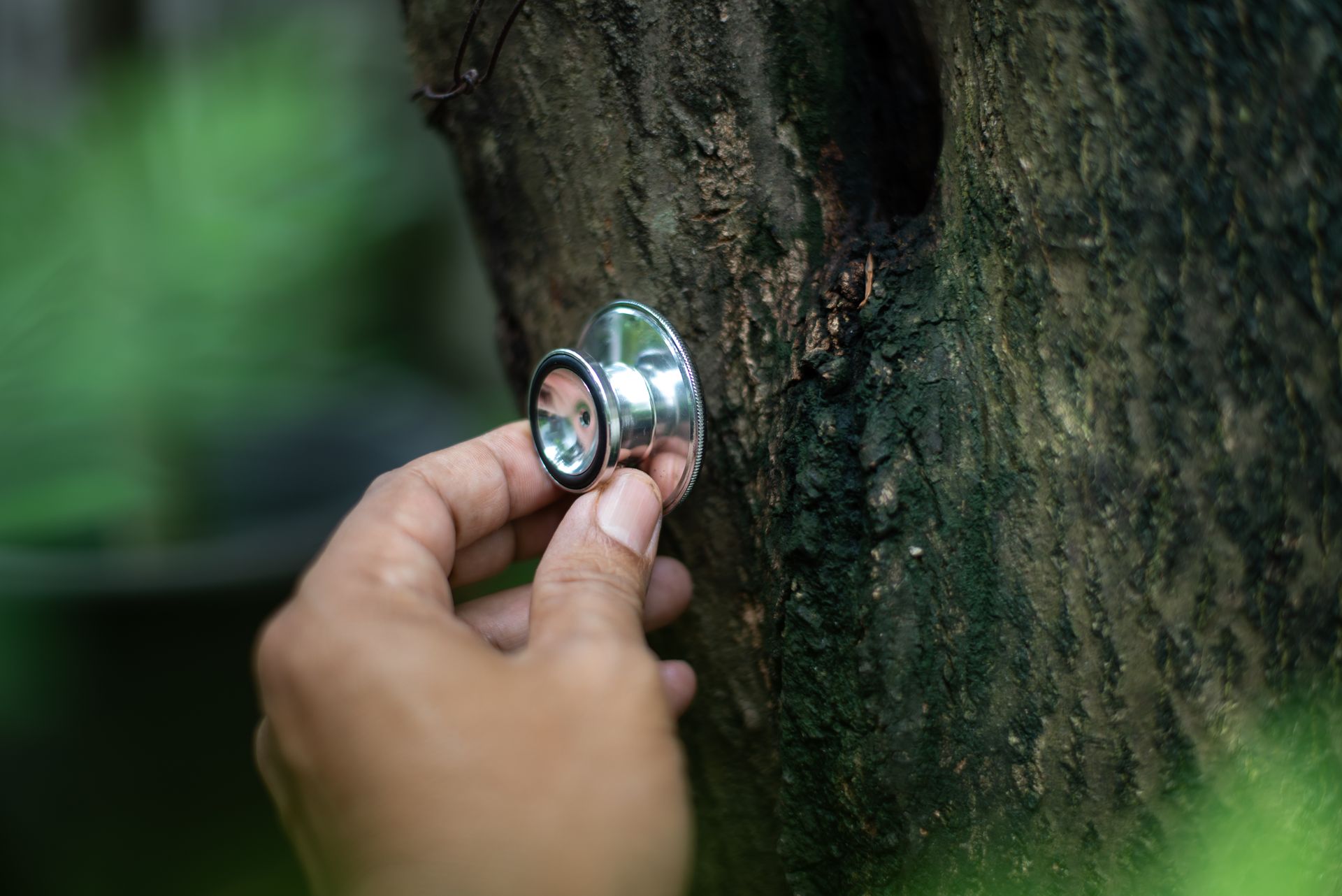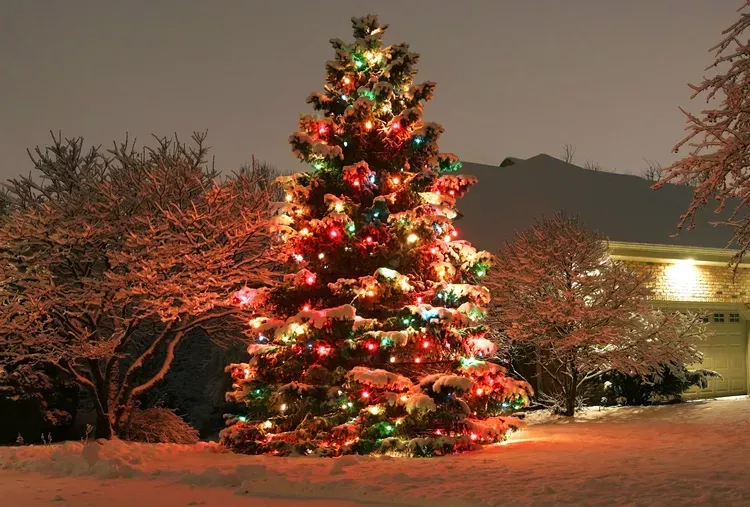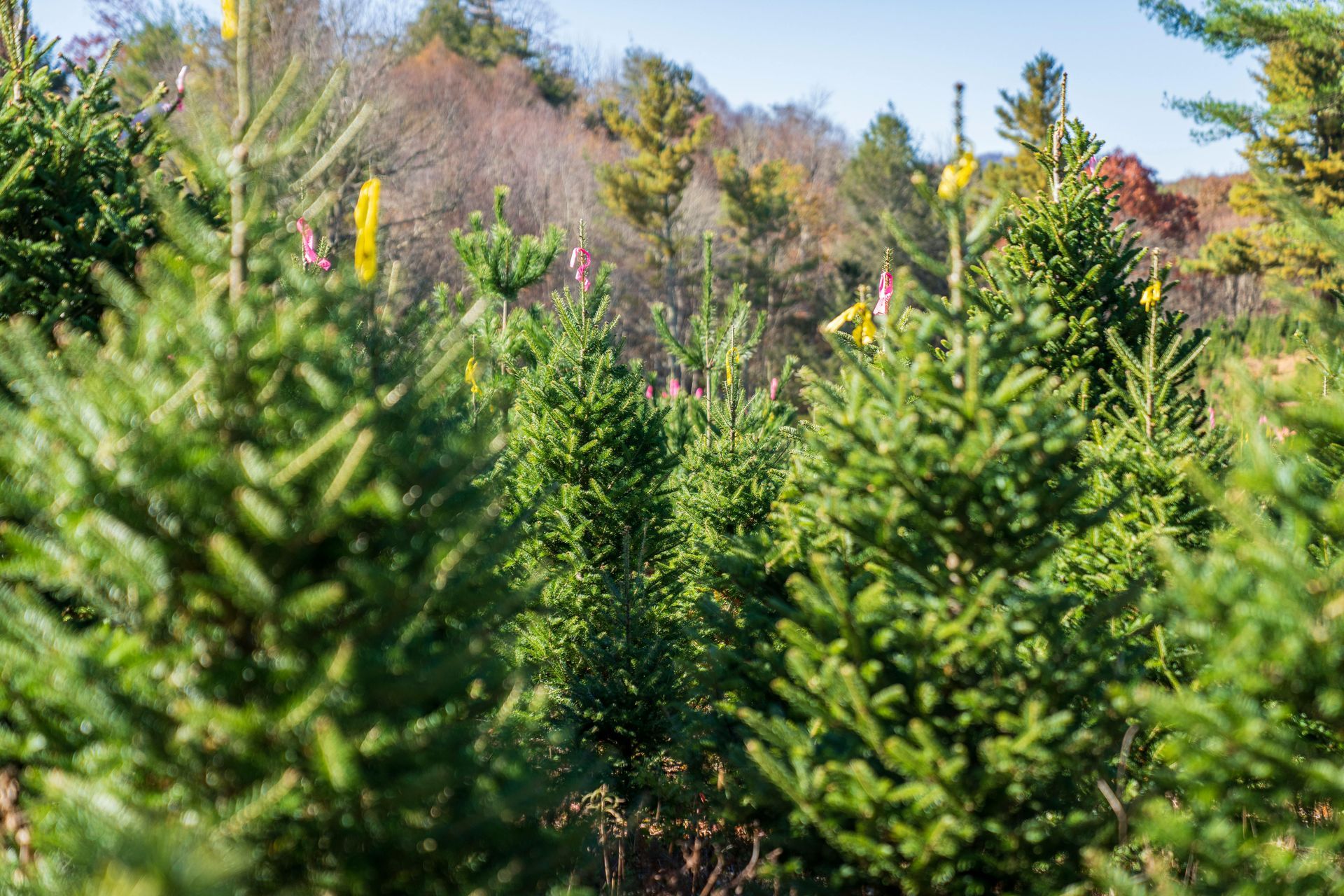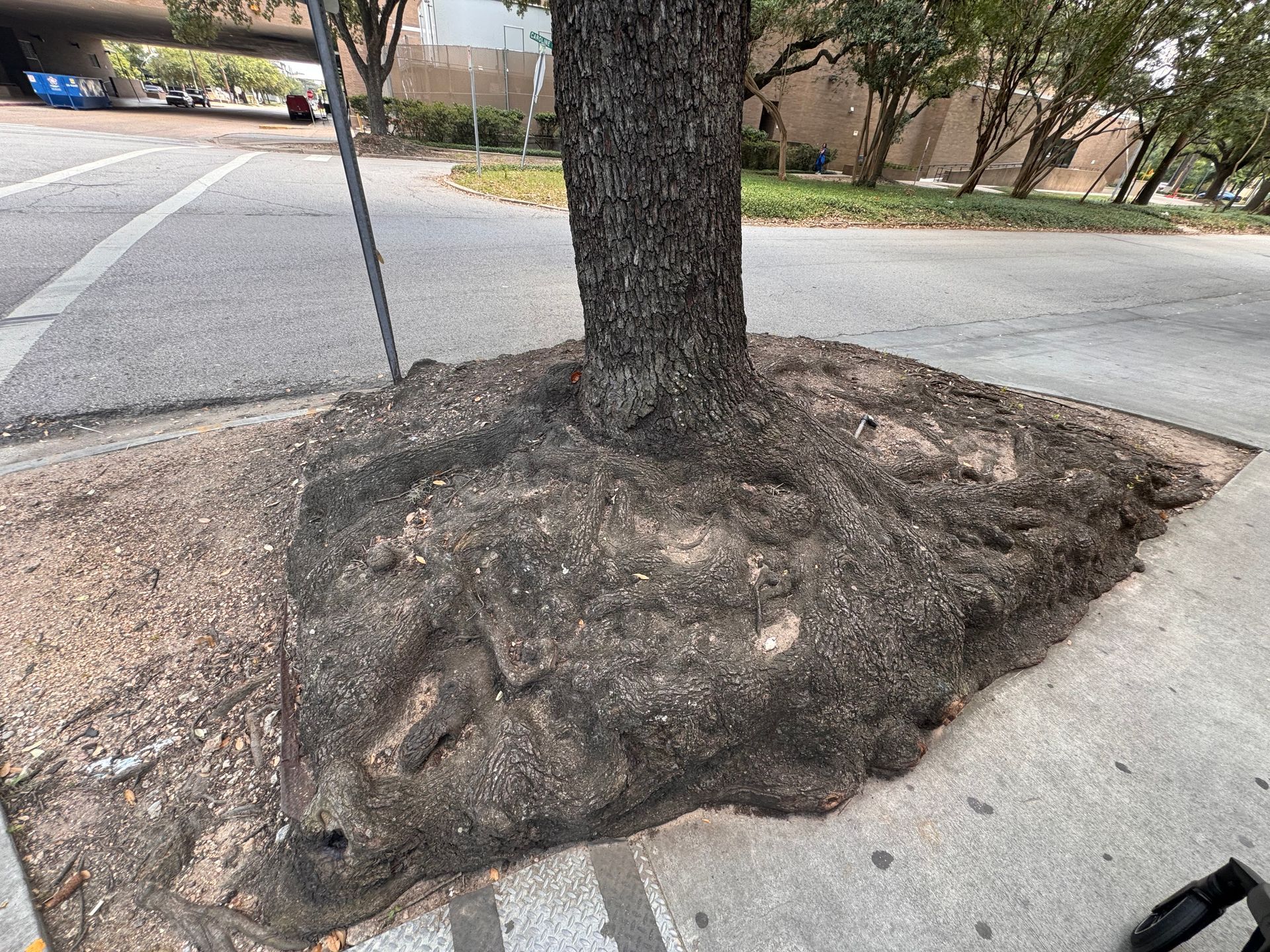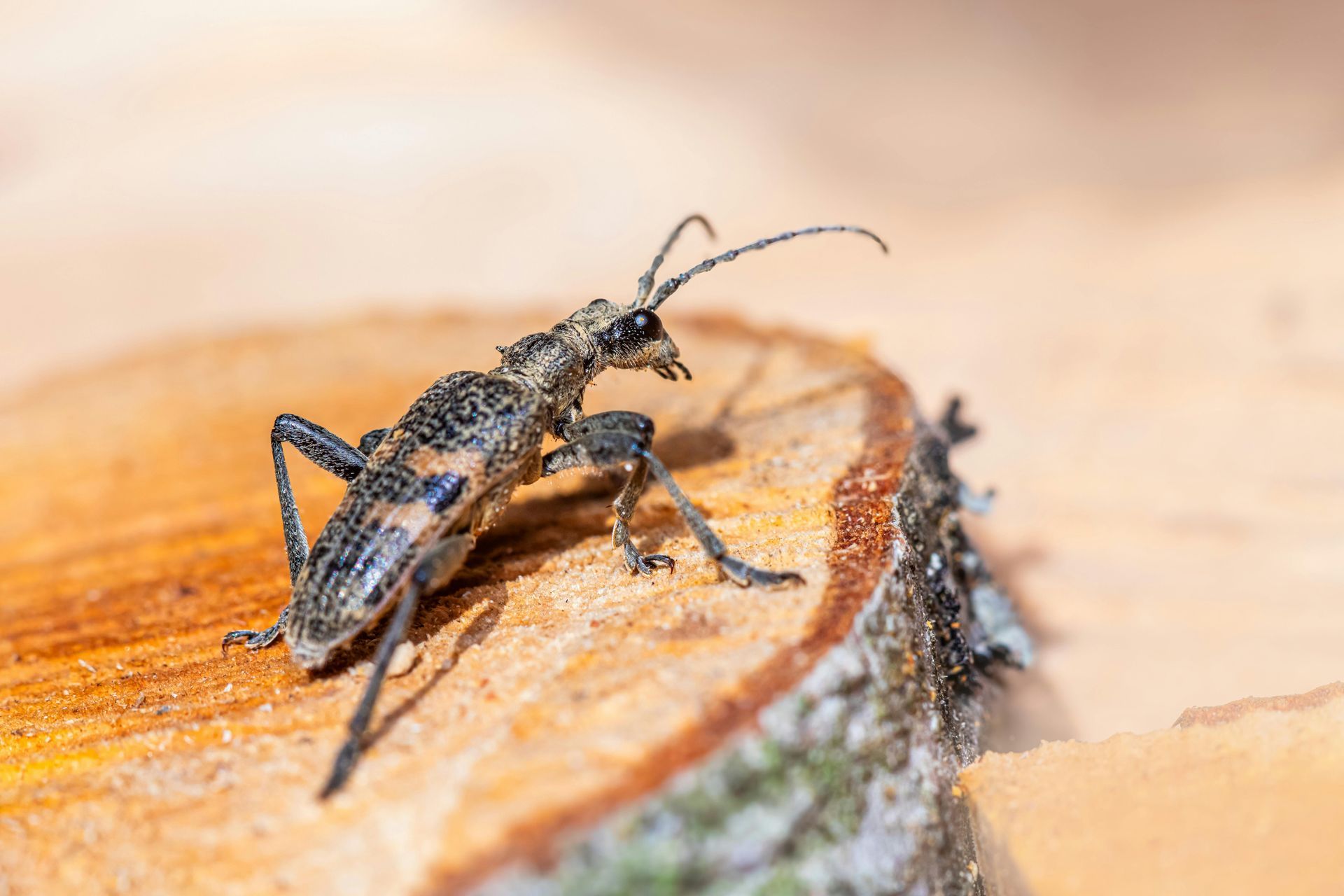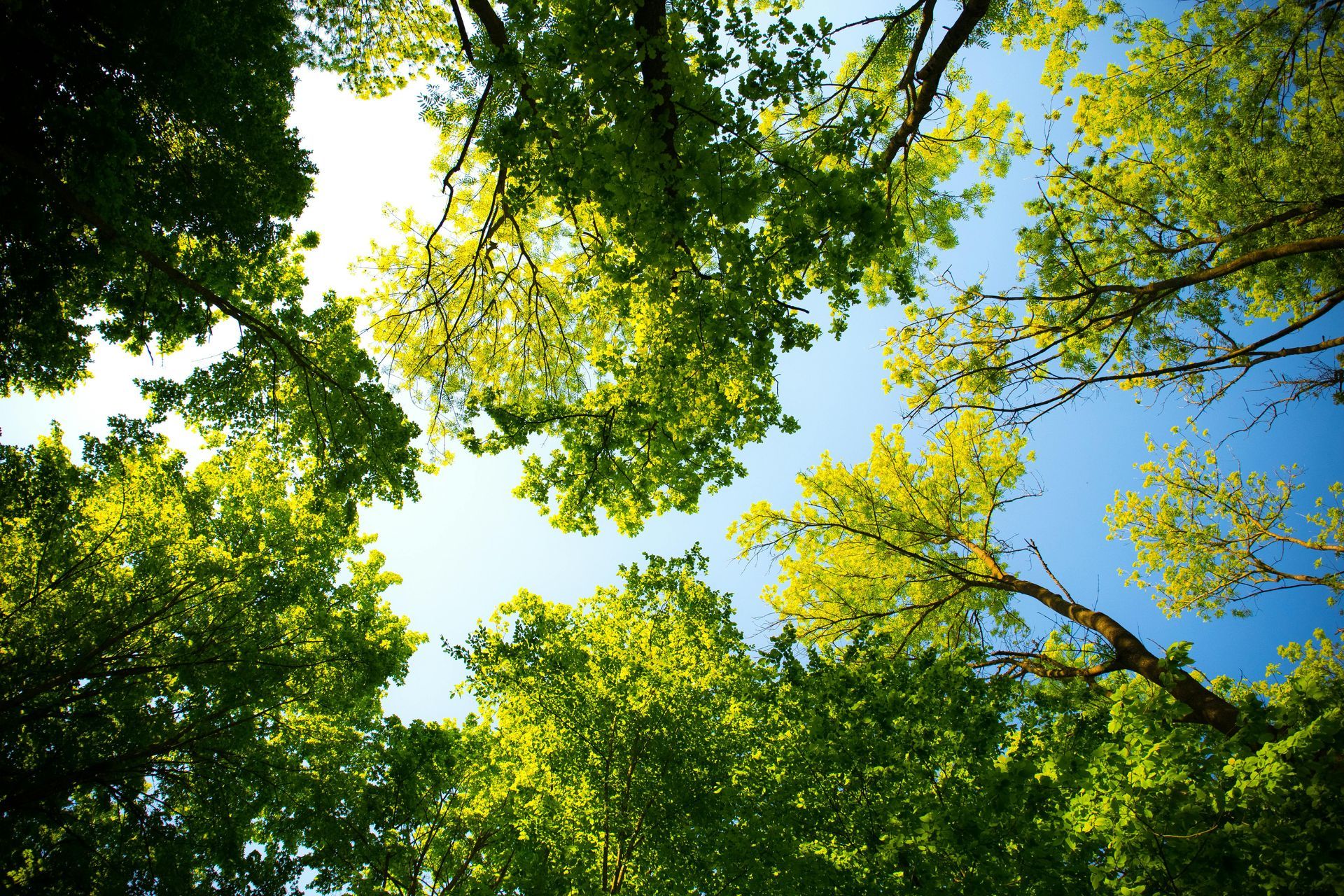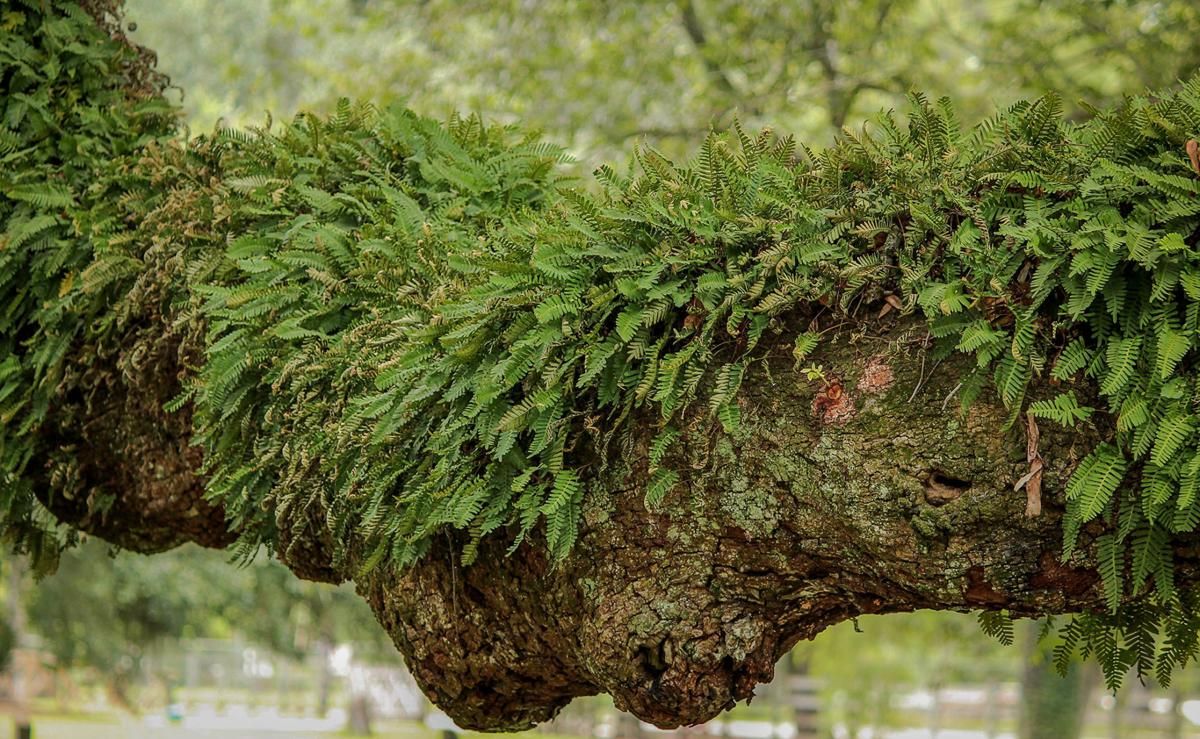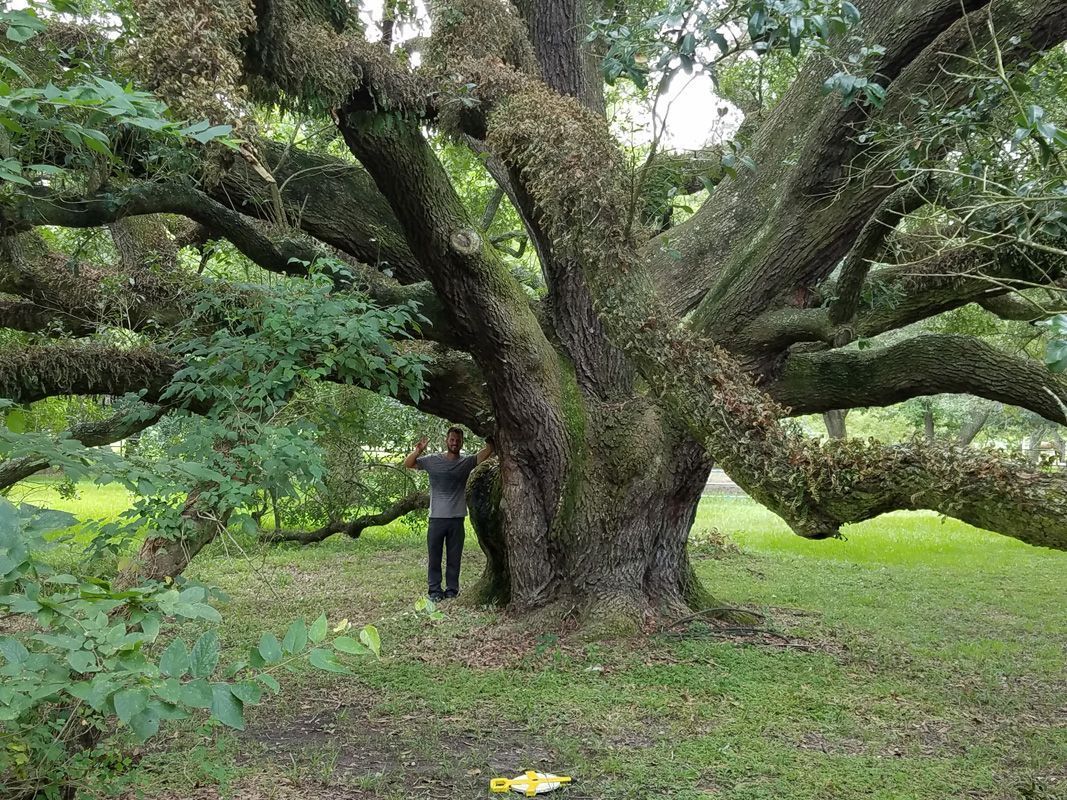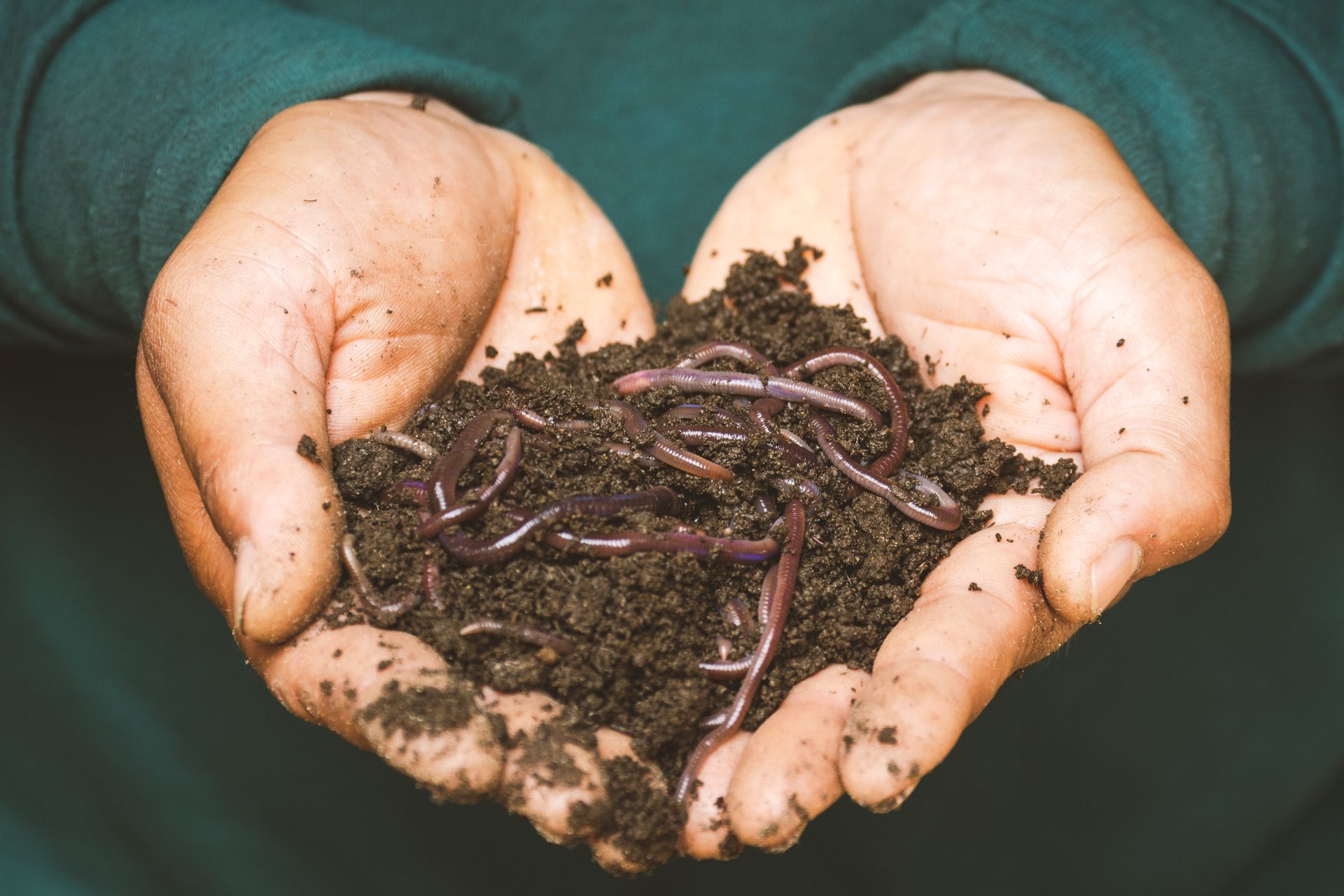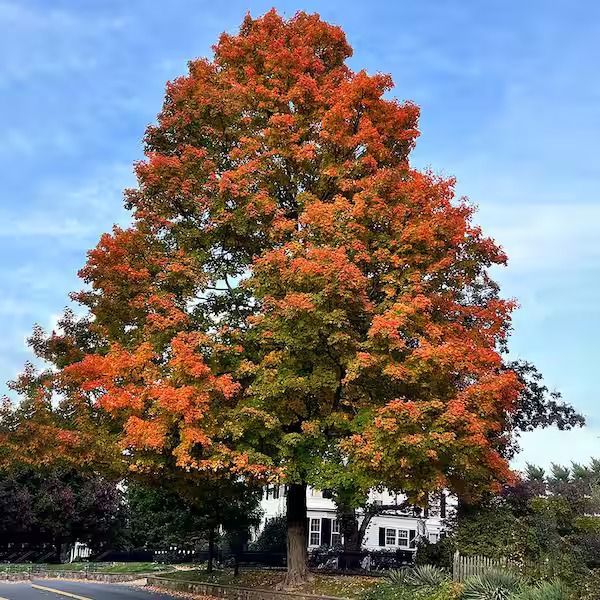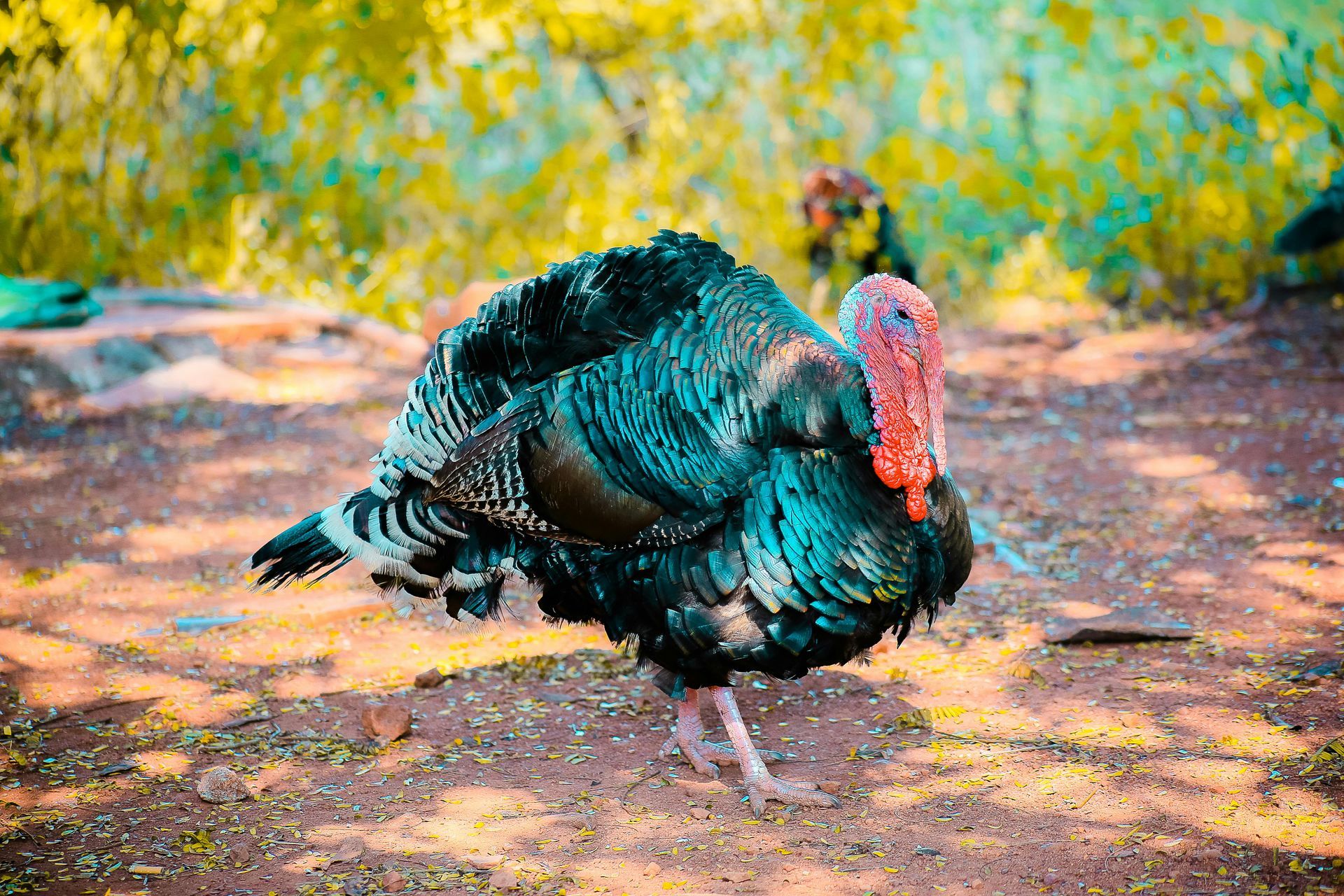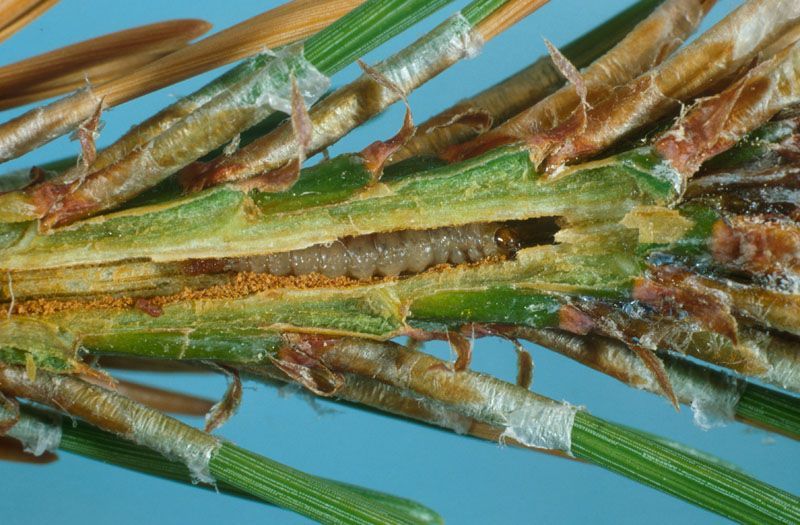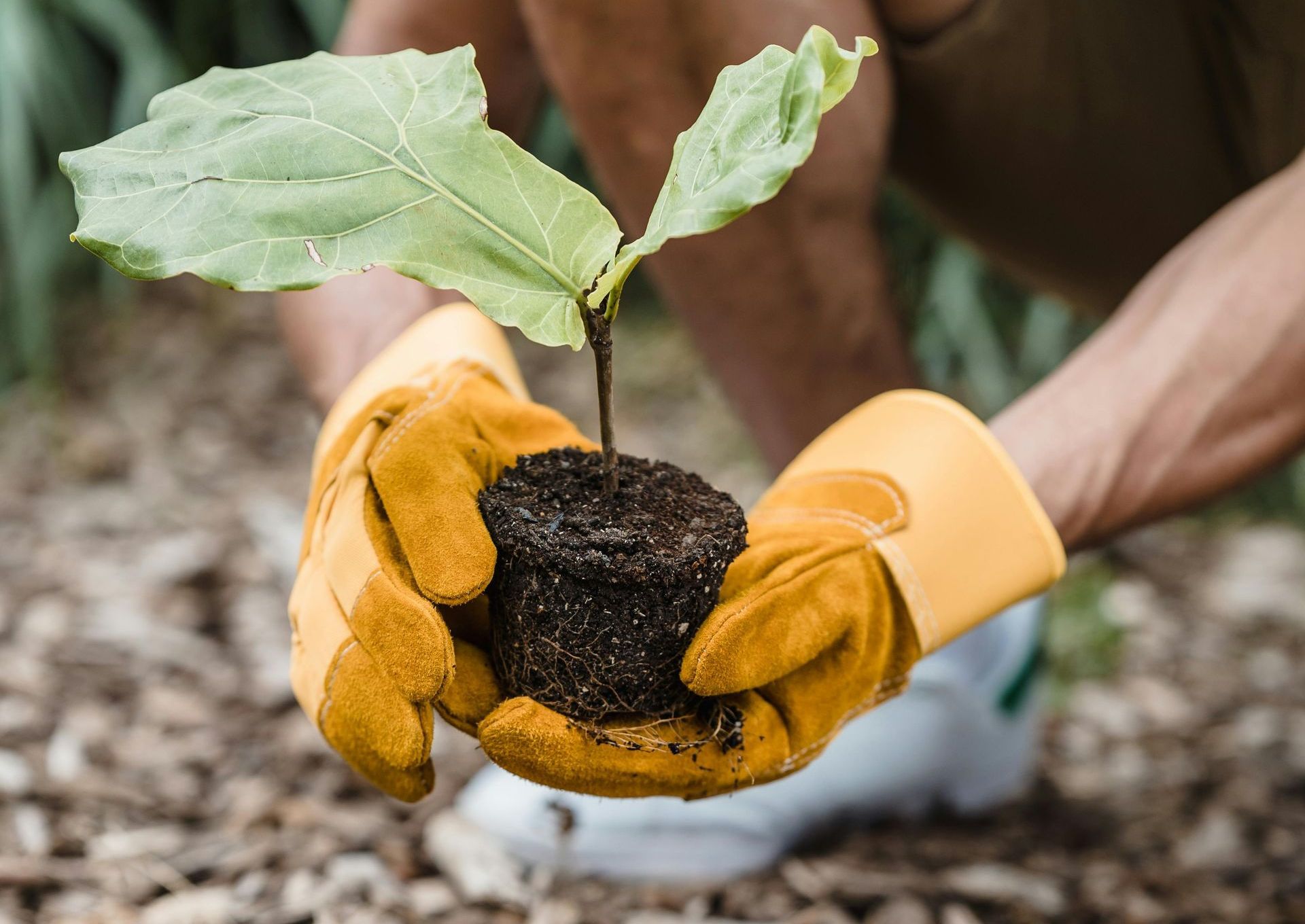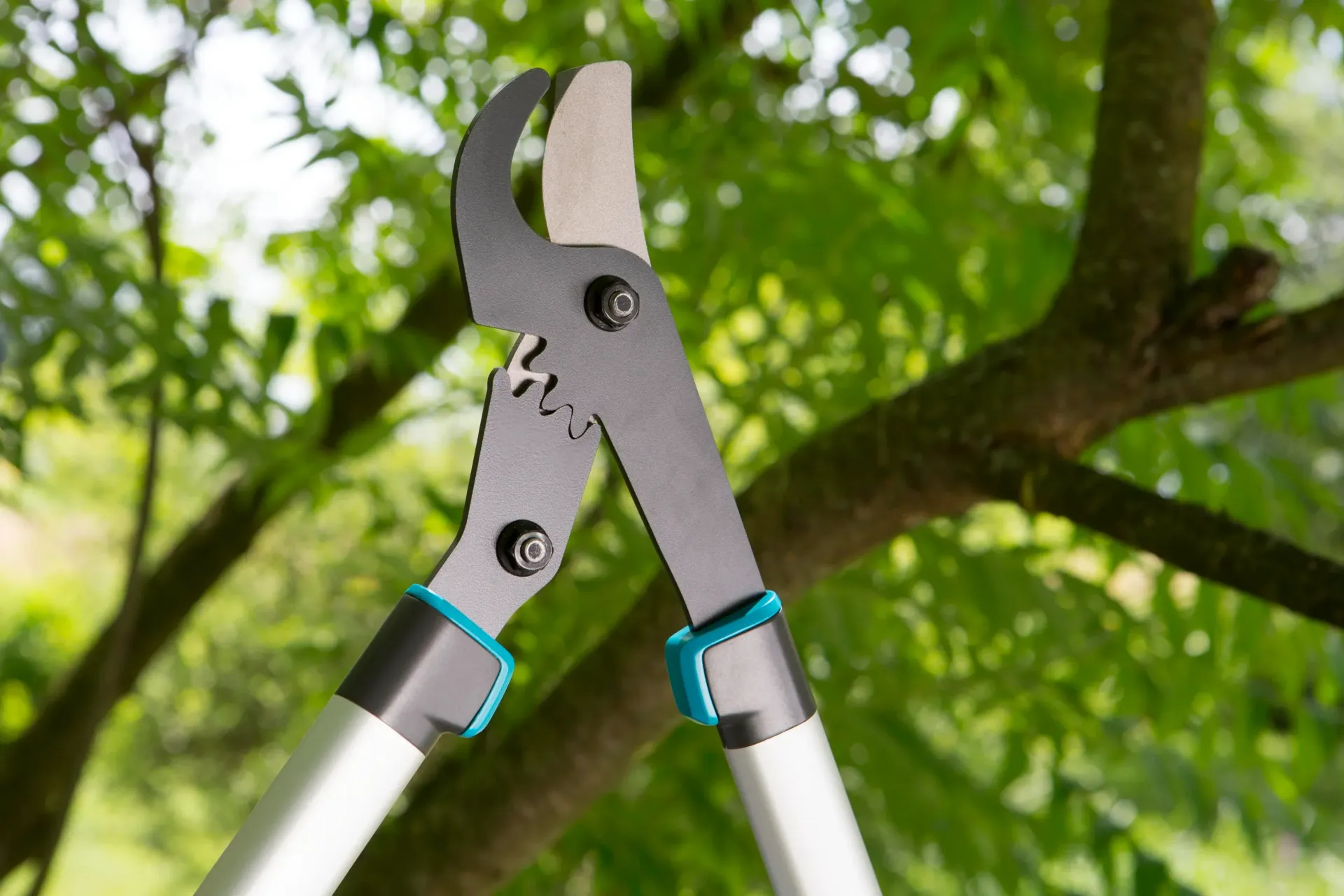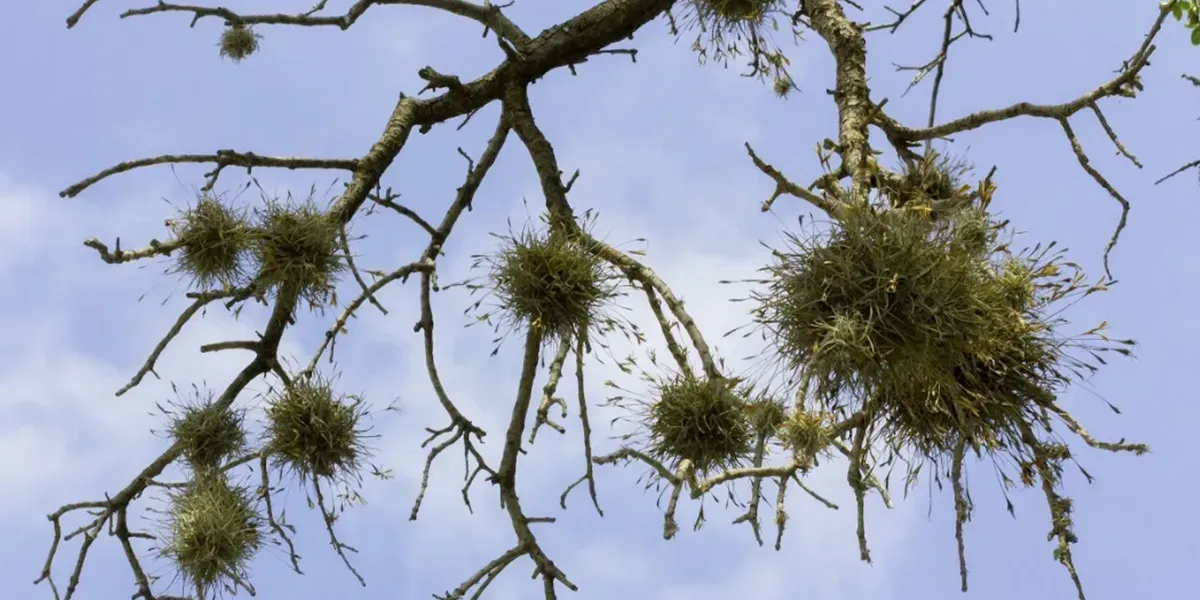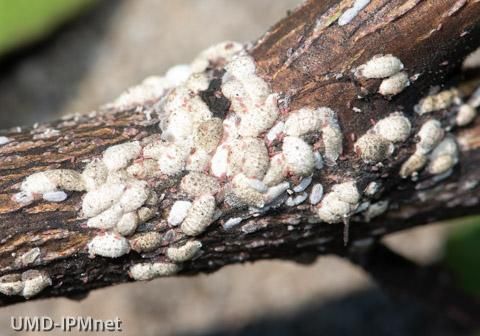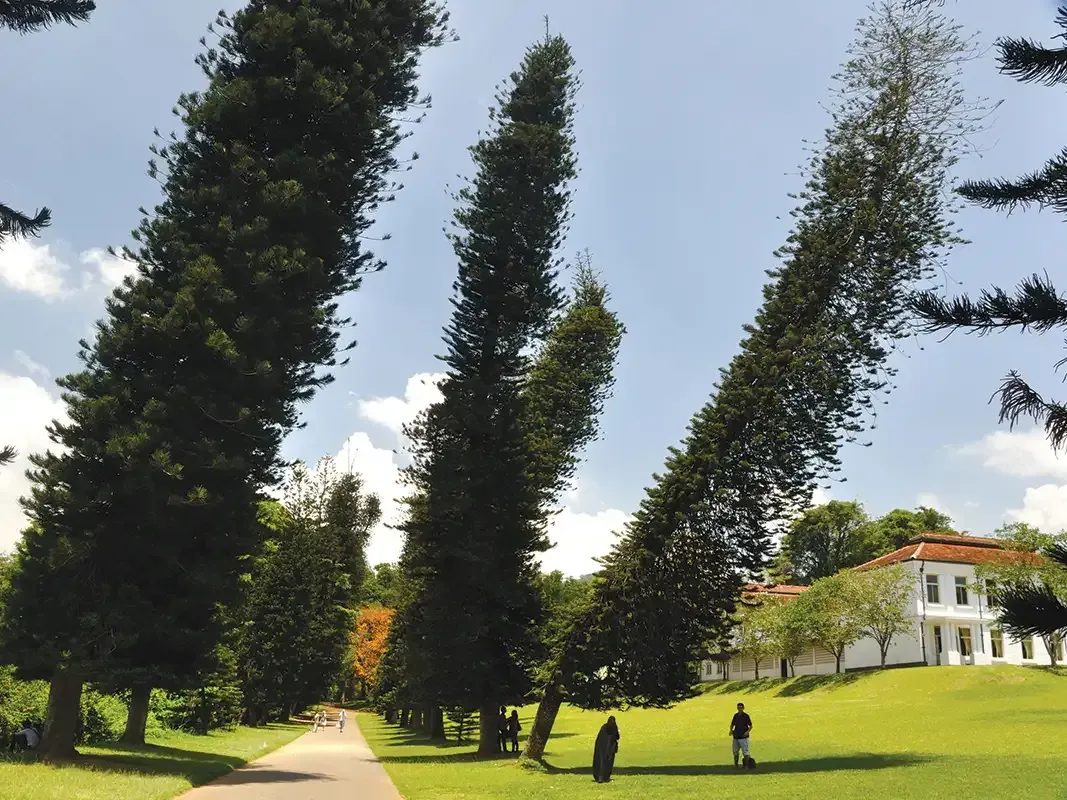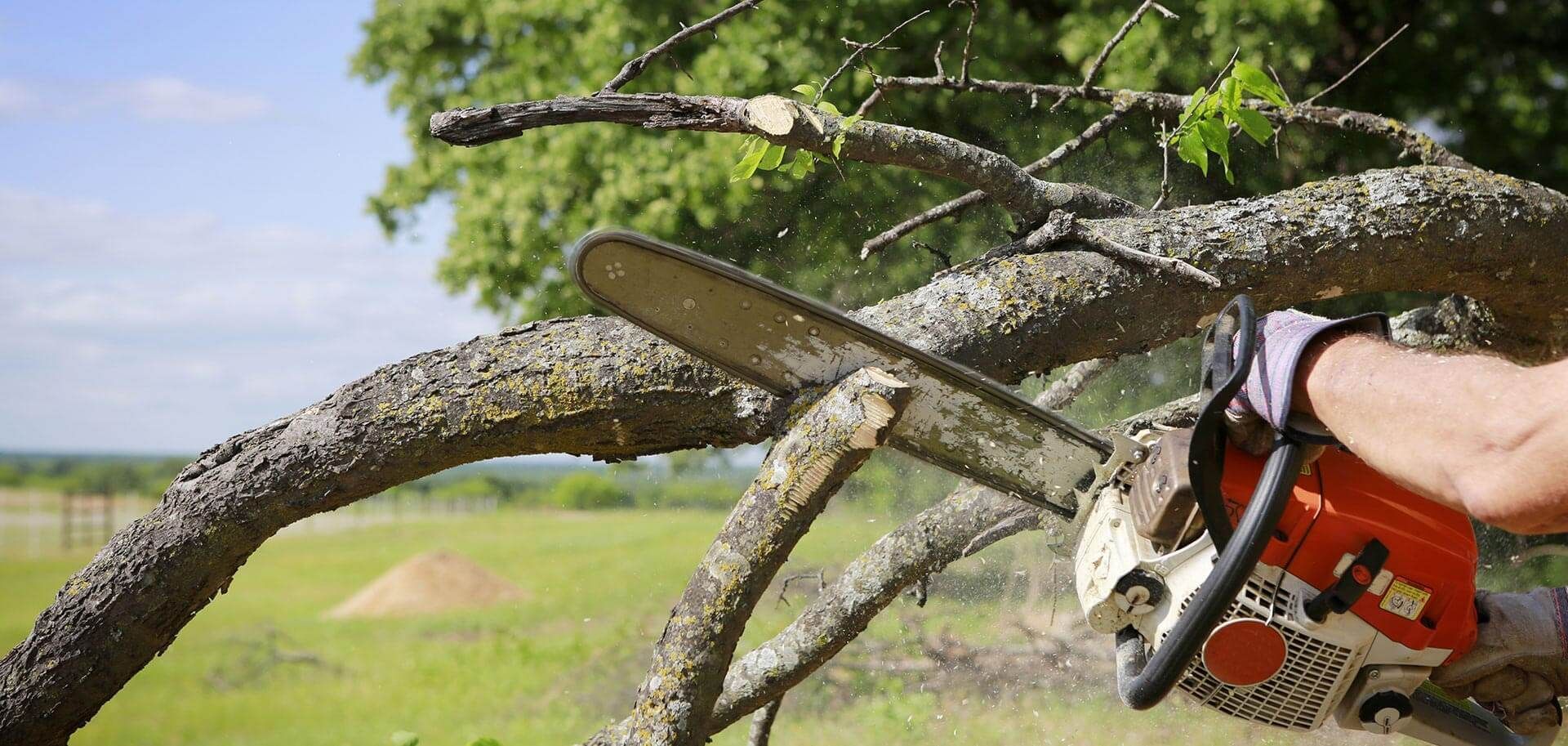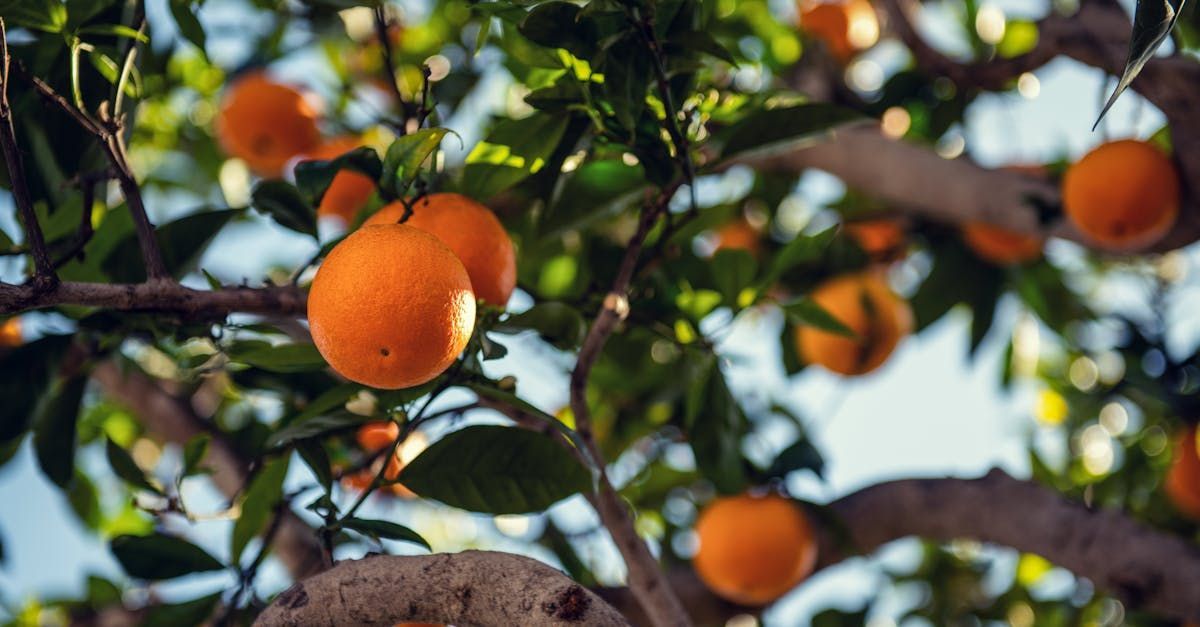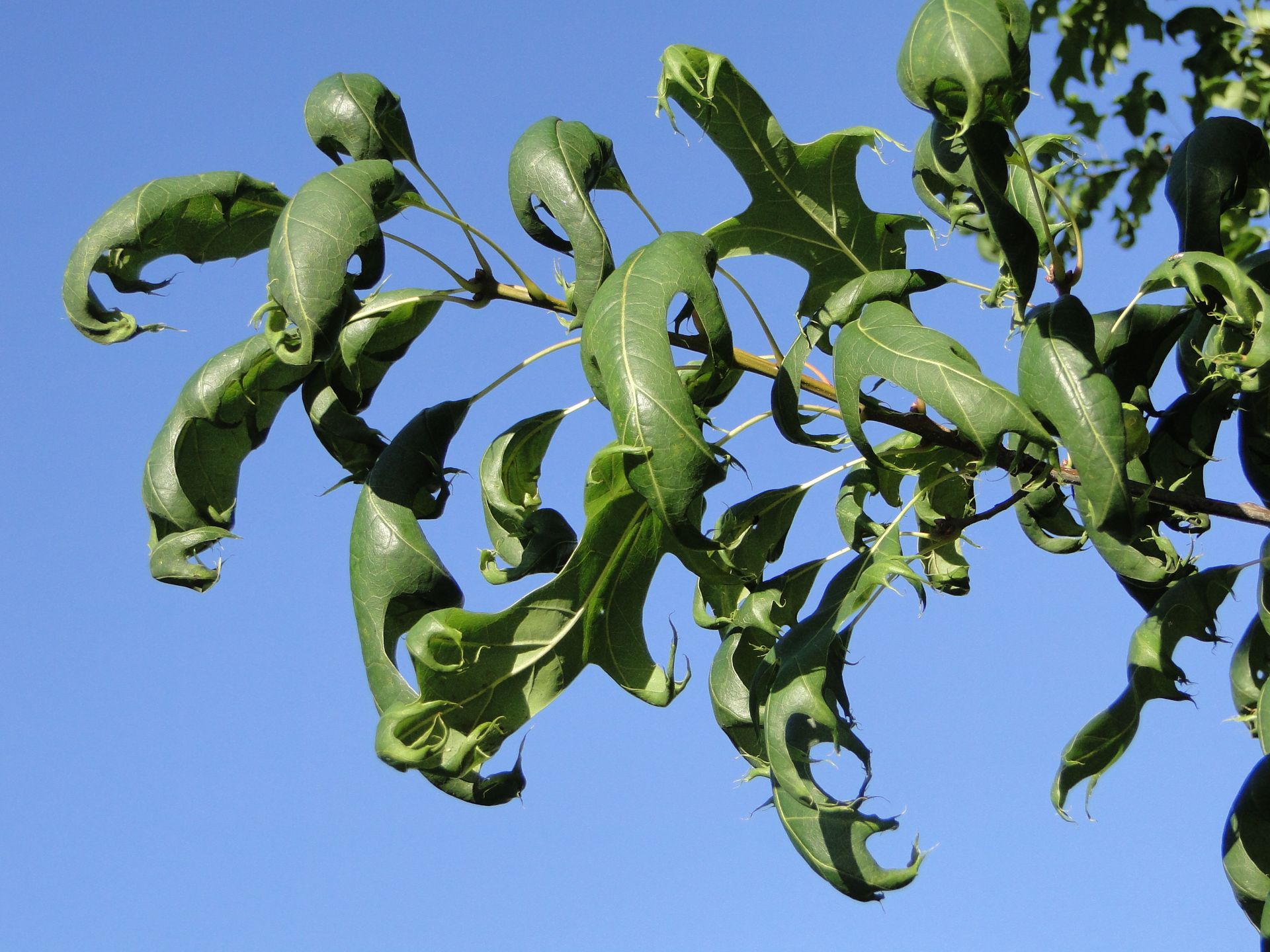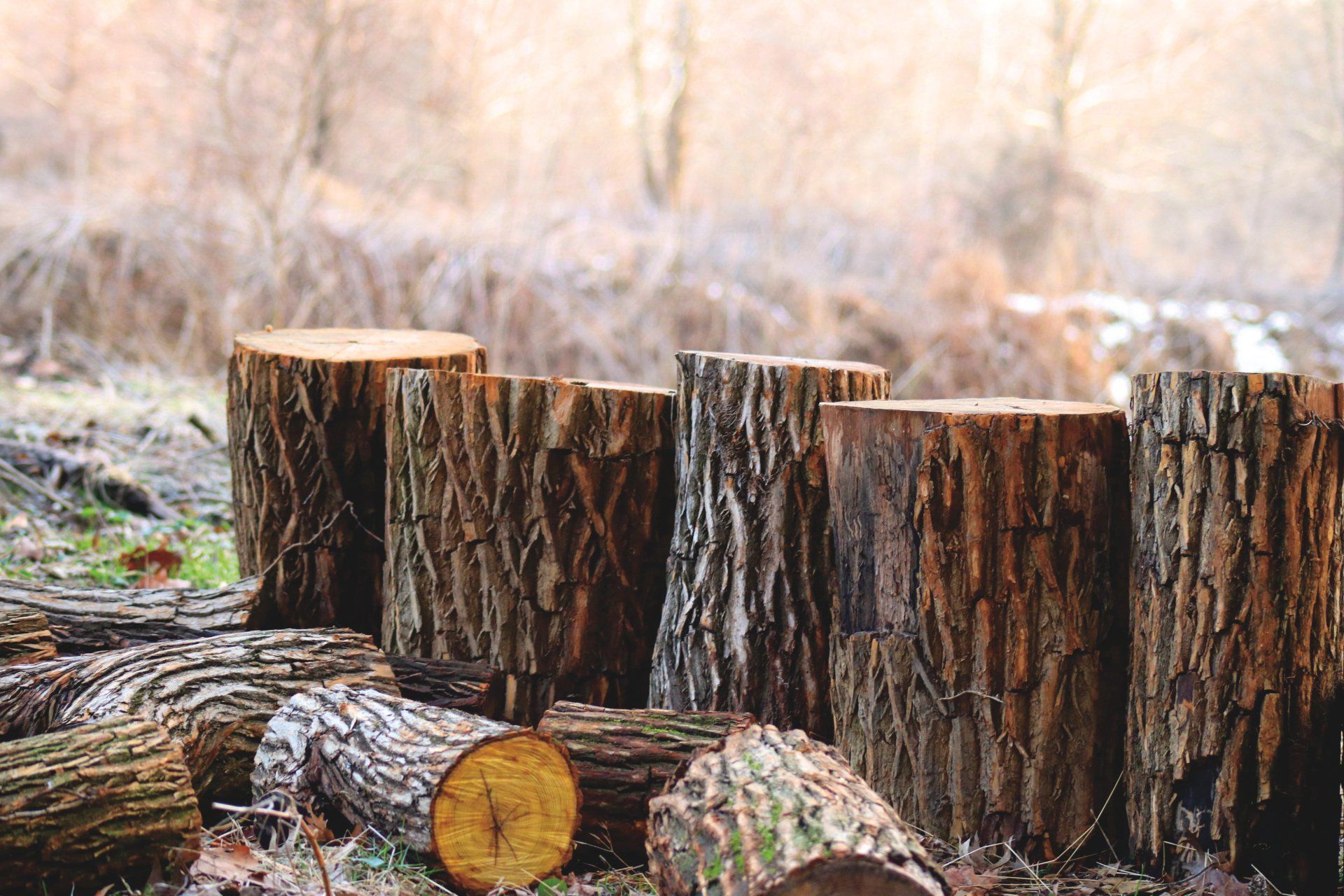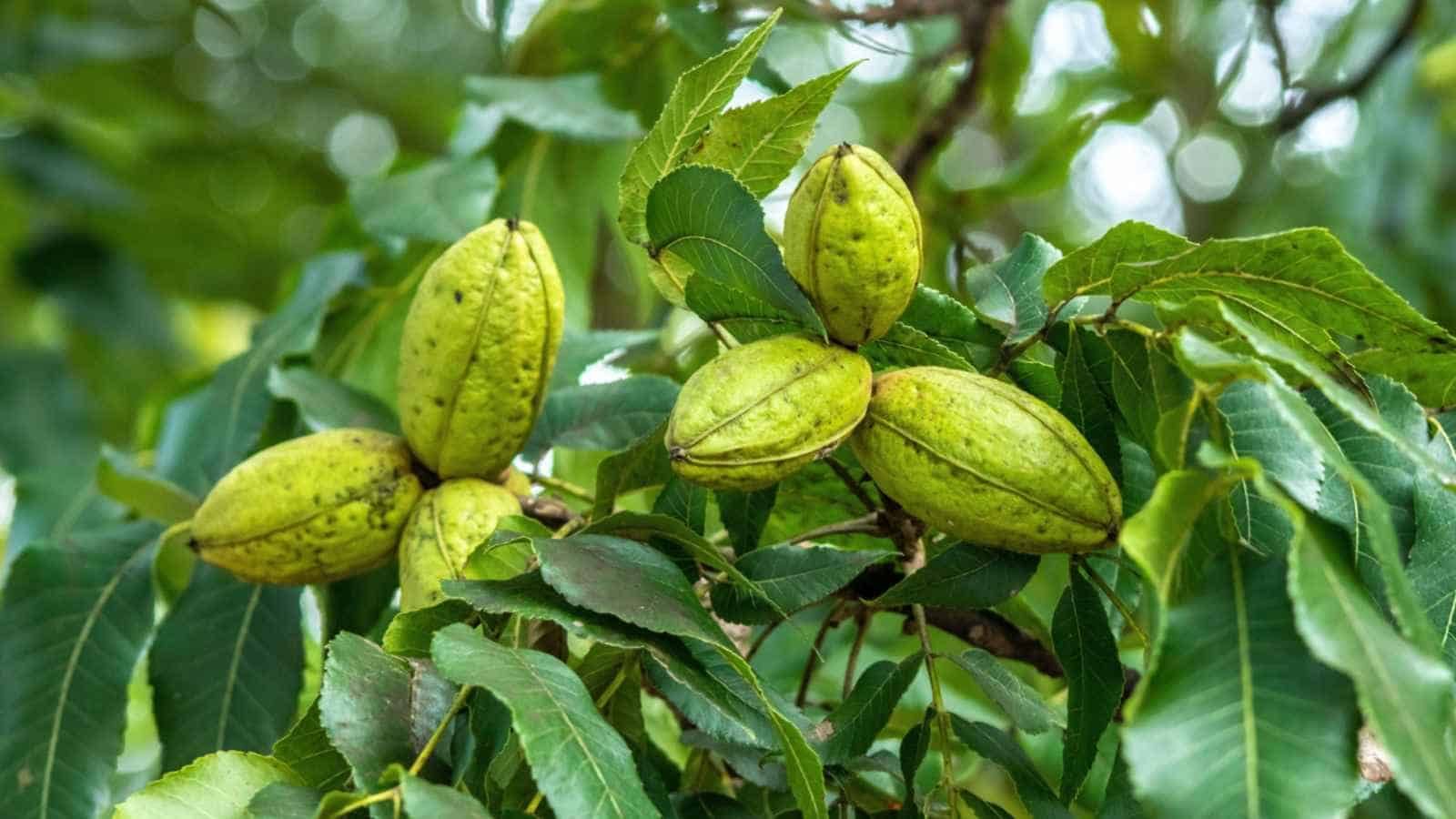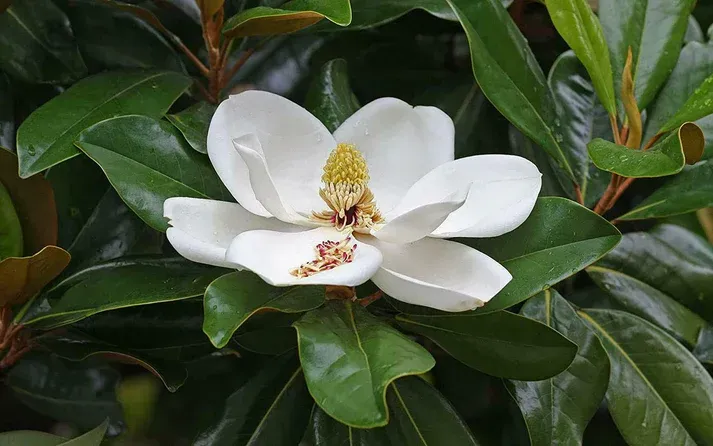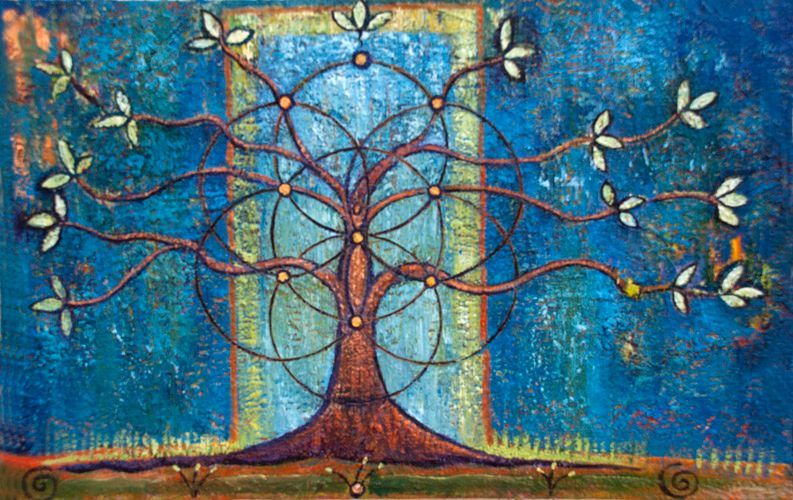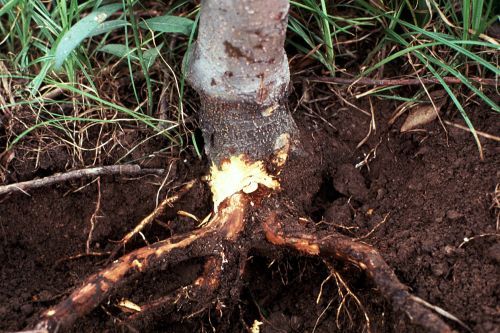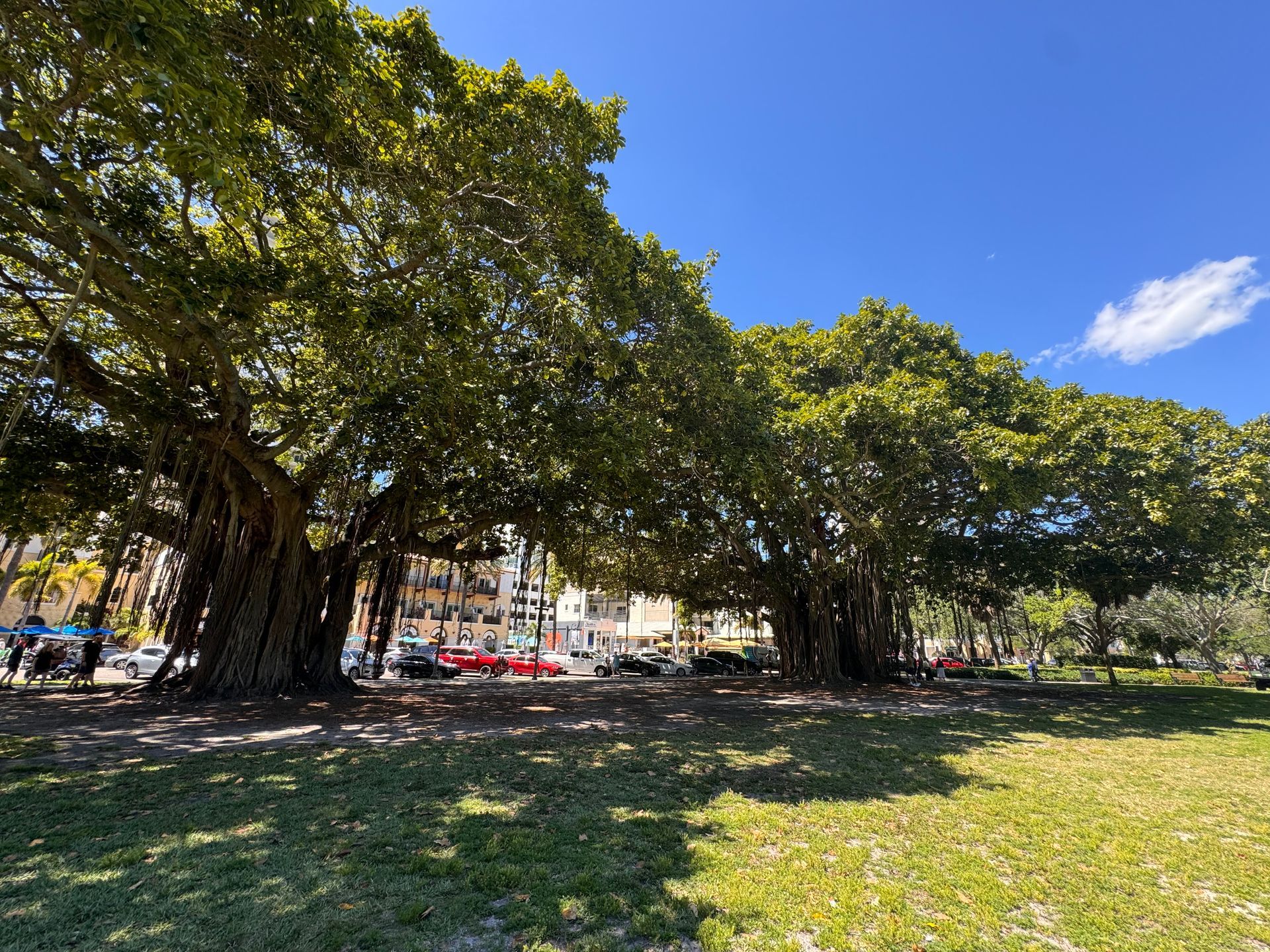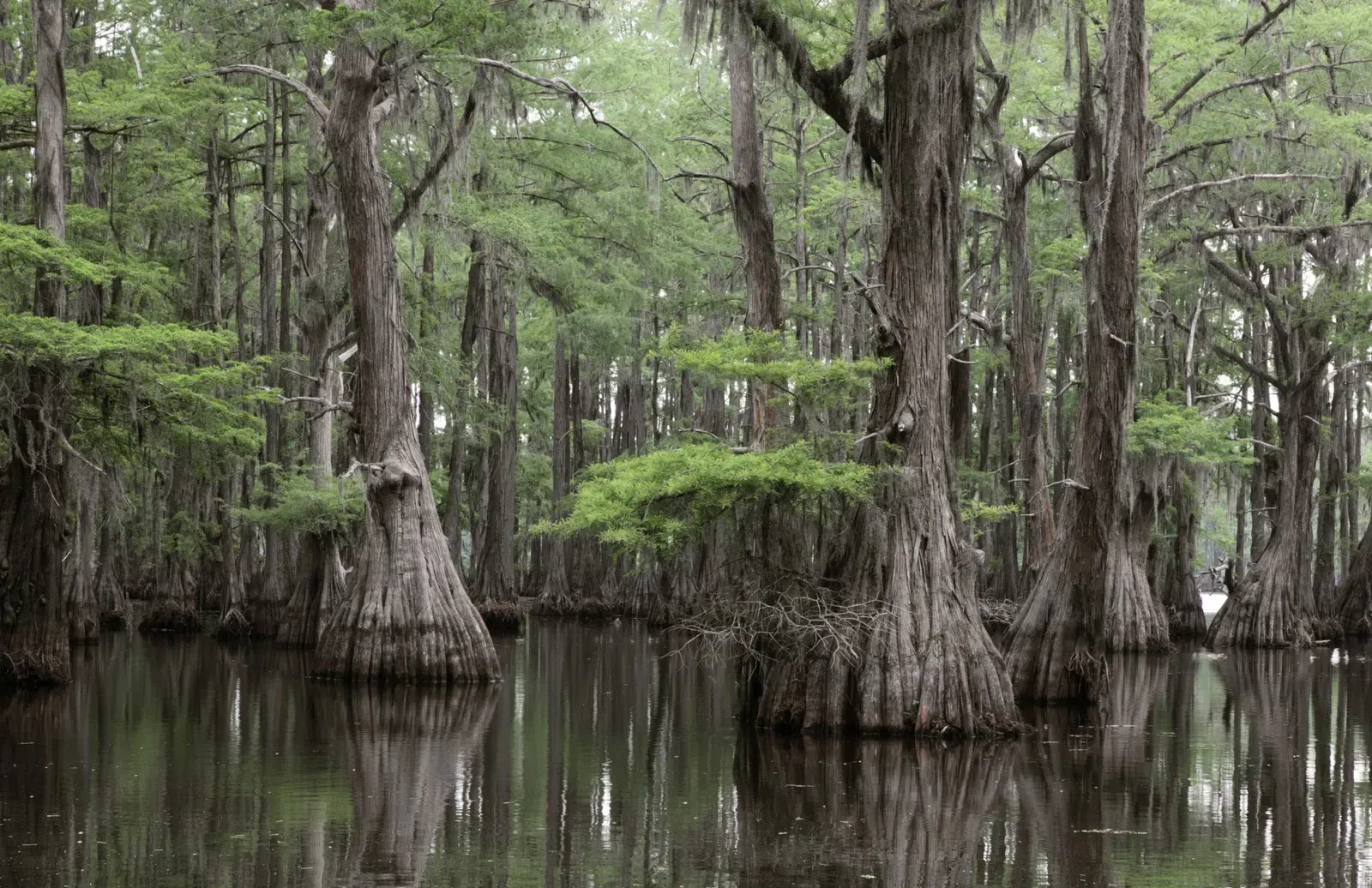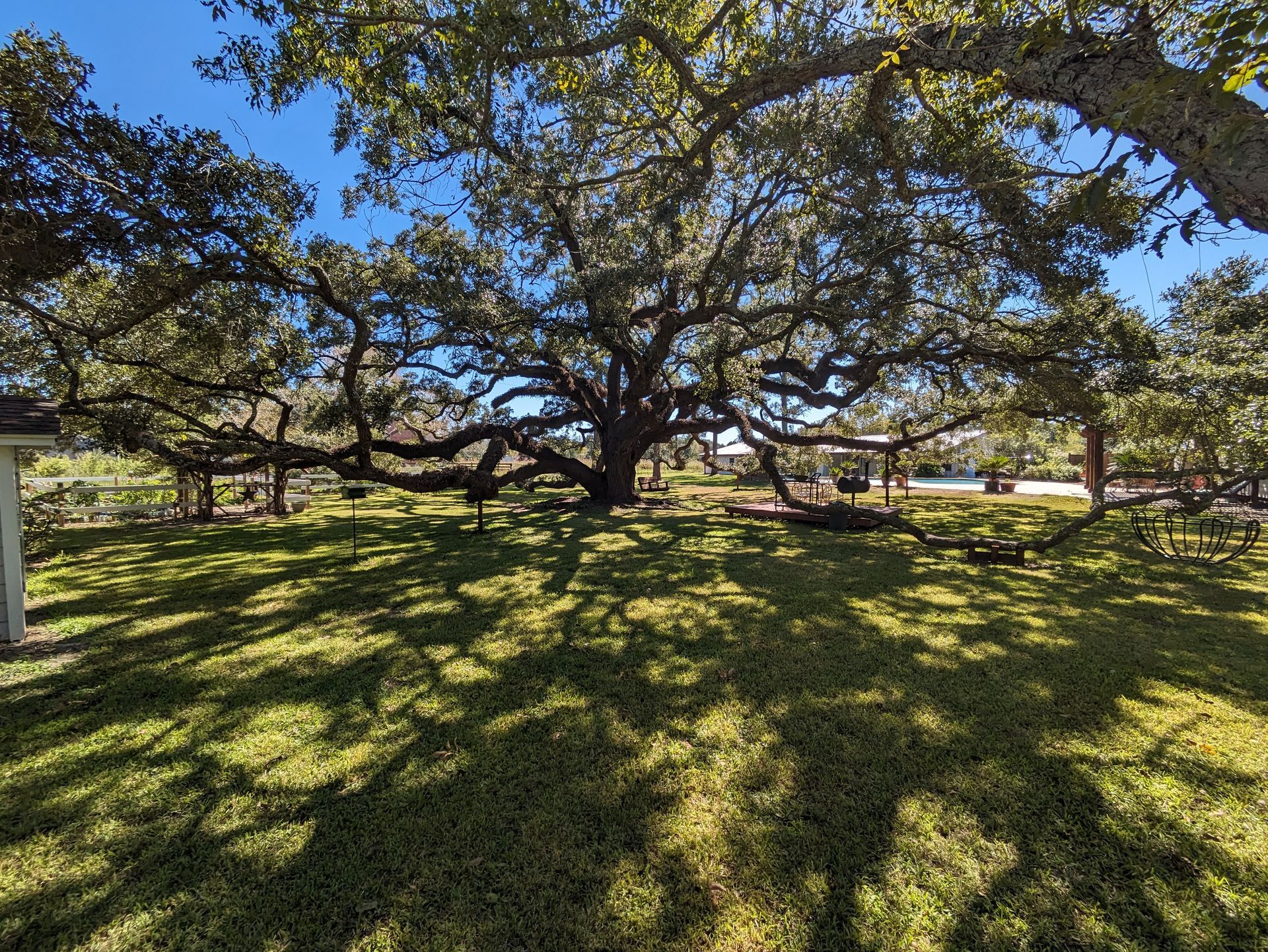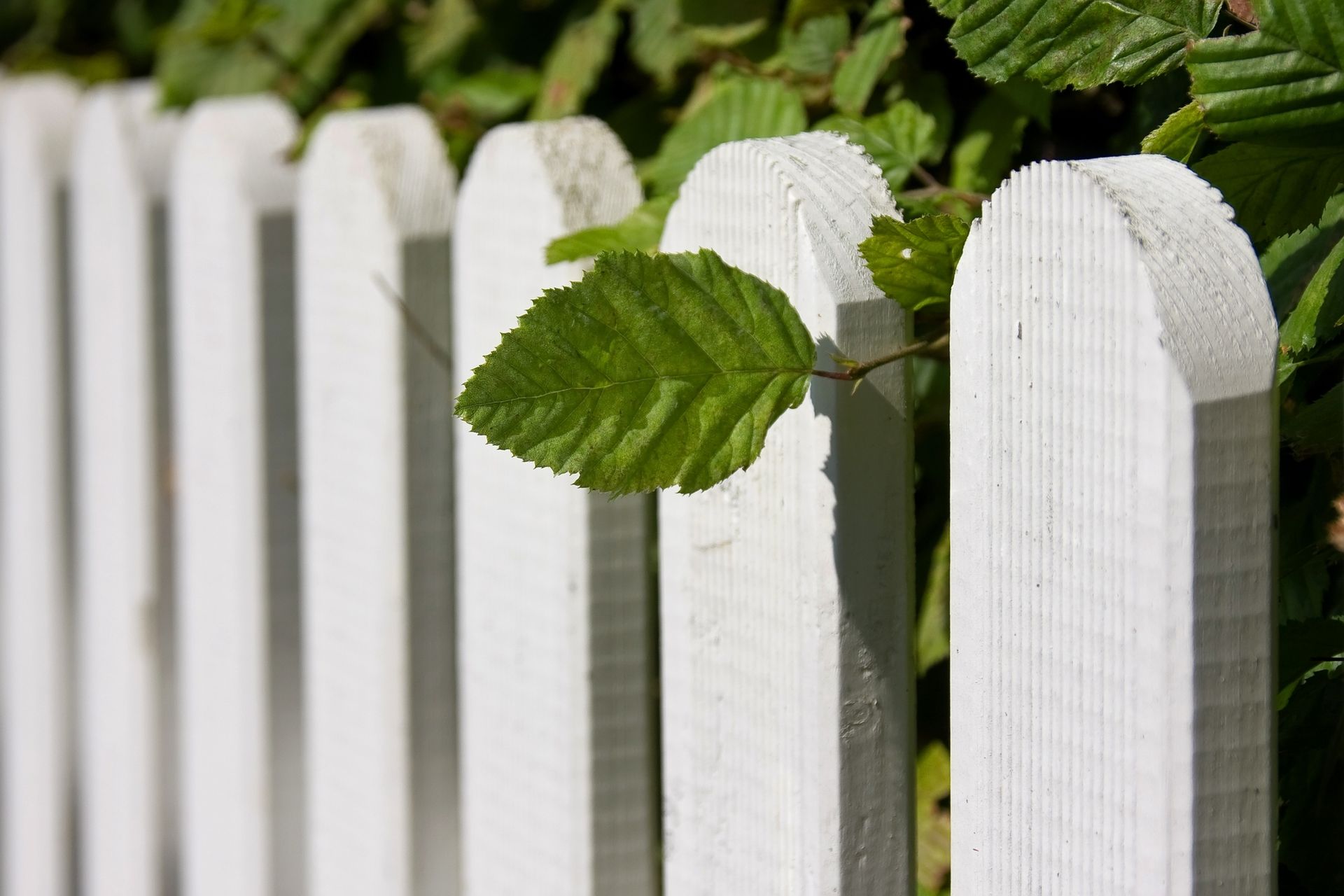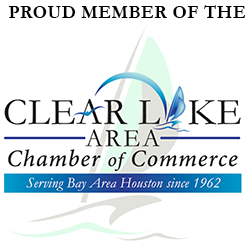Liriope’s Muse: Tree Care Tips from a Master Arborist
TRUSTED TREE CARE SERVICES SINCE 1970
Liriopes Muse - Understanding Tree Girdling: How It Affects Your Trees and How to Prevent It
Tree girdling is a common condition plaguing many urban trees, often going unnoticed until significant damage has been done. This issue occurs when roots wrap around the base of a tree, restricting the flow of water and nutrients, eventually leading to decline or death. Proper planting techniques, regular inspections, and early intervention are the keys to avoiding this common problem and promoting long-term tree health. By understanding the causes and taking preventive measures, homeowners can help their trees thrive in the challenging conditions of urban environments. In this blog we delve into all things girdling.
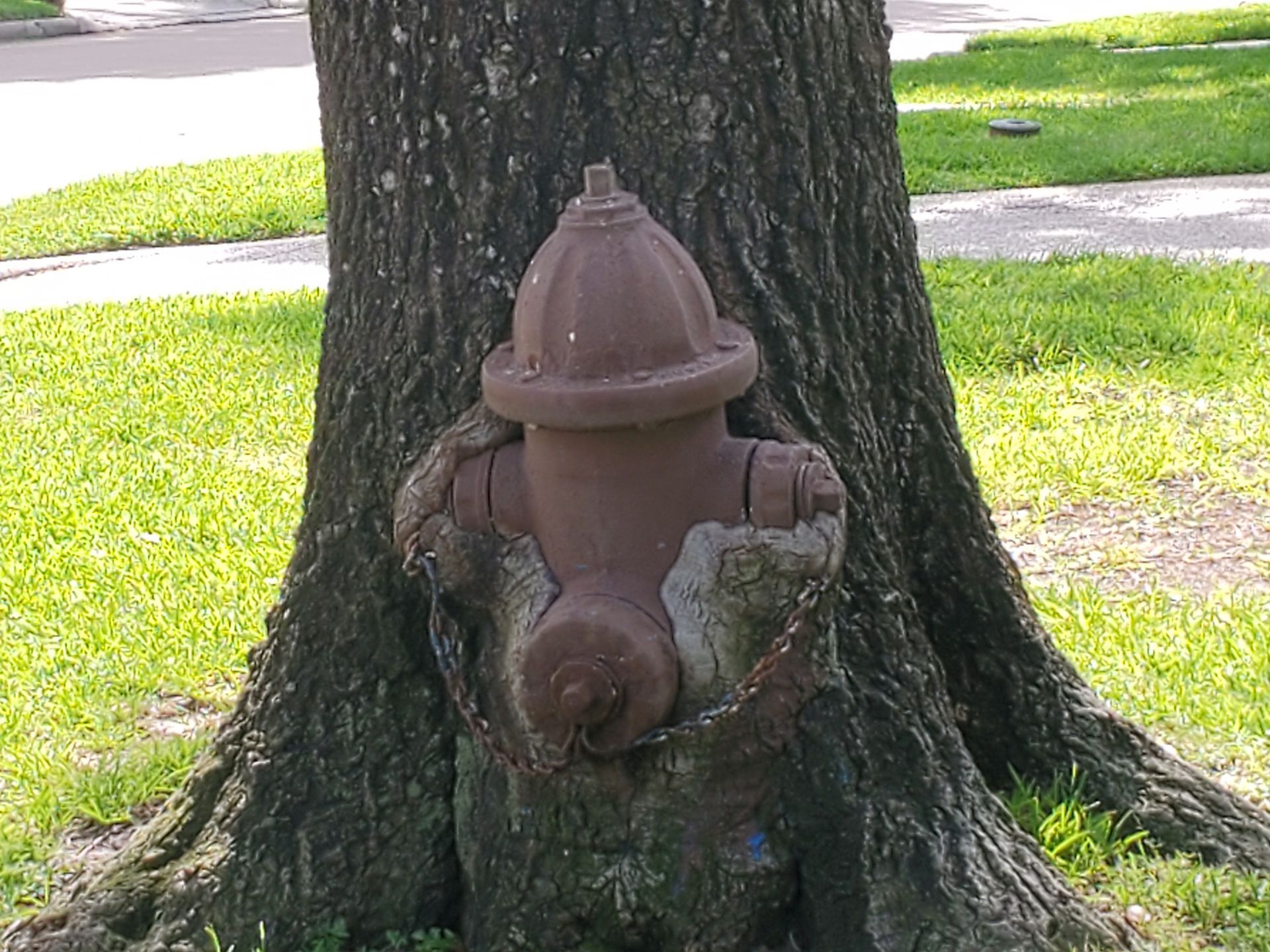
How Does Tree Girdling Happen?
Tree girdling occurs when a tree grows around an object that is obstructing its natural development. Some common causes include:
- Encircling Roots: Roots that grow in a circle around the trunk, often due to being planted too deeply, in a confined space, or as a result of volcano mulching.
- Decks, Fences, or Other Structures: Trees planted too close to buildings or other structures can grow around them, creating a girdling effect.
- Tree Straps or Supports: Straps used to stabilize young trees can become embedded in the bark as the tree grows, cutting into the trunk.
Whether it's roots or objects causing the restriction, the outcome is the same: the tree's growth and ability to uptake water and nutrients is severely hindered.
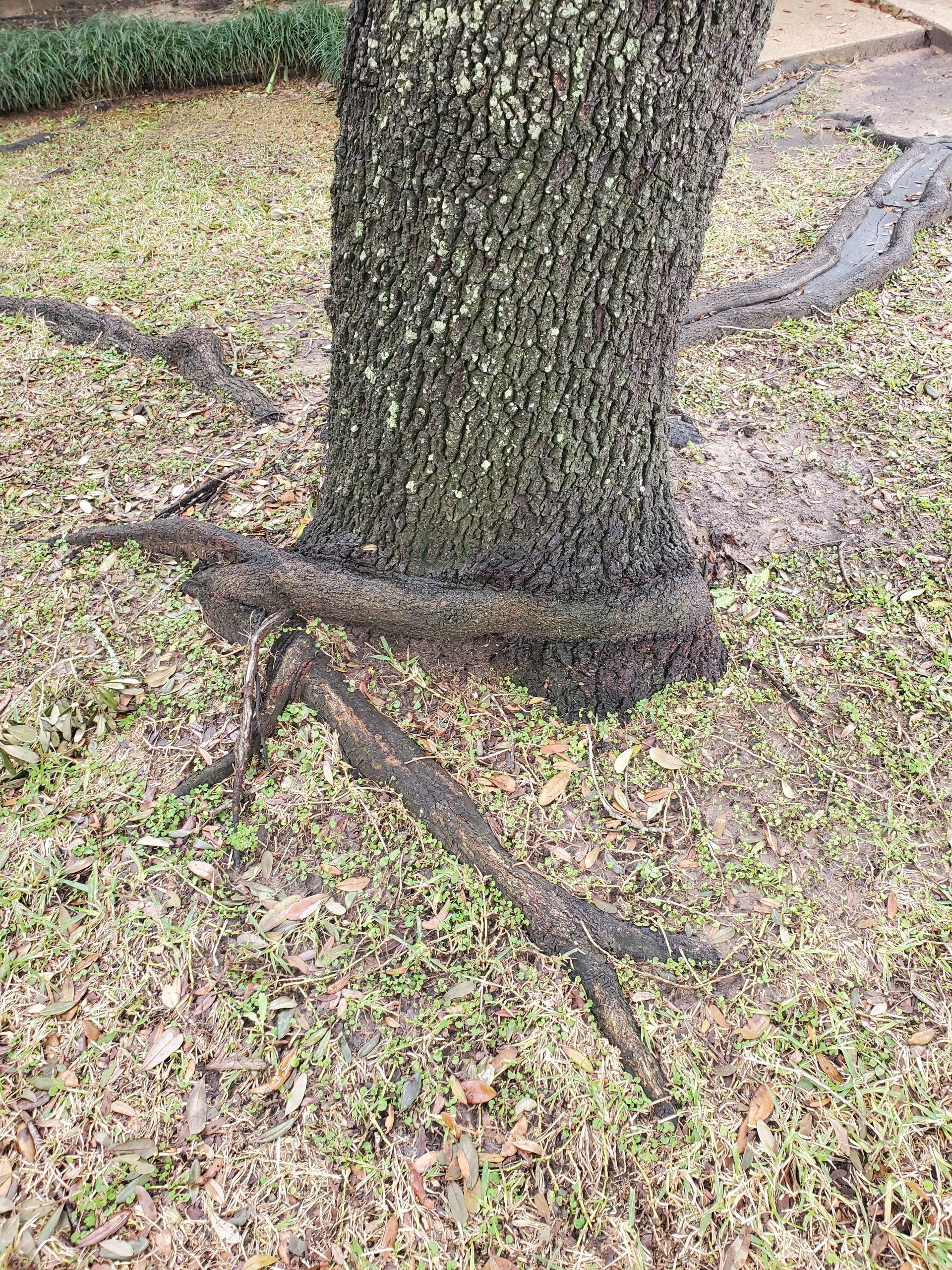
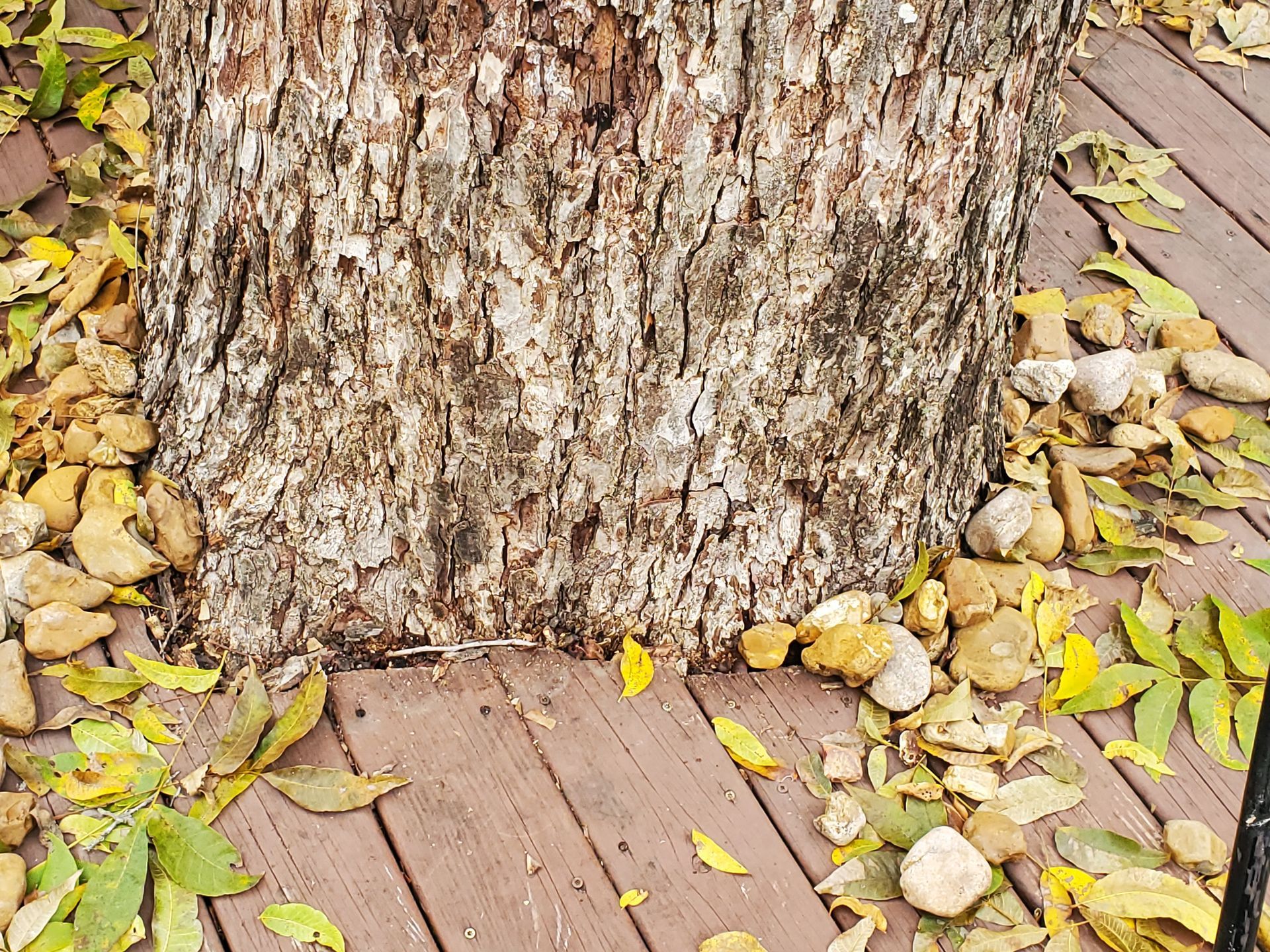
*The picture on the left shows root girdling and the picture on the right shows mechanical girdling cased by a deck*
Mechanical vs. Root Girdling
There are two primary types of girdling: mechanical and root girdling.
- Mechanical Girdling: This occurs when an external object, such as tree straps, wire, or fencing, constricts the tree’s trunk. Over time, the object embeds into the bark, cutting off the flow of nutrients.
- Root Girdling: This type of girdling happens when a tree’s roots grow around themselves, encircling the trunk and essentially choking the tree from within. Root girdling is often caused by volcano mulching or improper planting, where roots are confined and forced to grow in circular patterns.
What is Root Girdling?
Root girdling is a harmful condition that occurs when a tree's roots grow in a circular pattern around the trunk or other roots, creating a constriction. This can happen naturally or when an external object, like a volcano of mulch, tree strap, or a structure, obstructs the tree's normal growth. Over time, this restricts the tree's ability to transport water, nutrients, and essential resources, leading to stunted growth, reduced vigor, and even death.
Is Your Tree Girdled? Here's What to Do
If you notice that your tree is girdled, it’s important to take action quickly. Here’s how:
- Identify the Problem: Look for visible signs of girdling, such as roots growing around the trunk, straps or wires embedded in the bark, or noticeable swelling above the obstruction.
- Remove the Obstruction: If the girdling is caused by an external object like a strap, carefully remove it to allow the tree to heal. For root girdling, you may need to carefully cut away encircling roots to relieve the pressure.
- Seek Professional Help: In cases of severe girdling, it’s best to consult an arborist. They can assess the damage and take appropriate steps to save the tree, such as root pruning or other corrective measures.
Is Your Tree at Risk of Girdling? Here's How to Save It
Prevention is key to avoiding girdling before it becomes a problem. Here are some tips to protect your tree:
- Regular Inspections: Periodically check for roots encircling the trunk or any straps that might be constricting growth.
- Early Intervention: If you spot roots starting to girdle the tree, early root pruning can prevent long-term damage.
- Relocate Structures: If your tree is growing near a fence, deck, or other structure, ensure these objects are not putting pressure on the tree or restricting its growth.

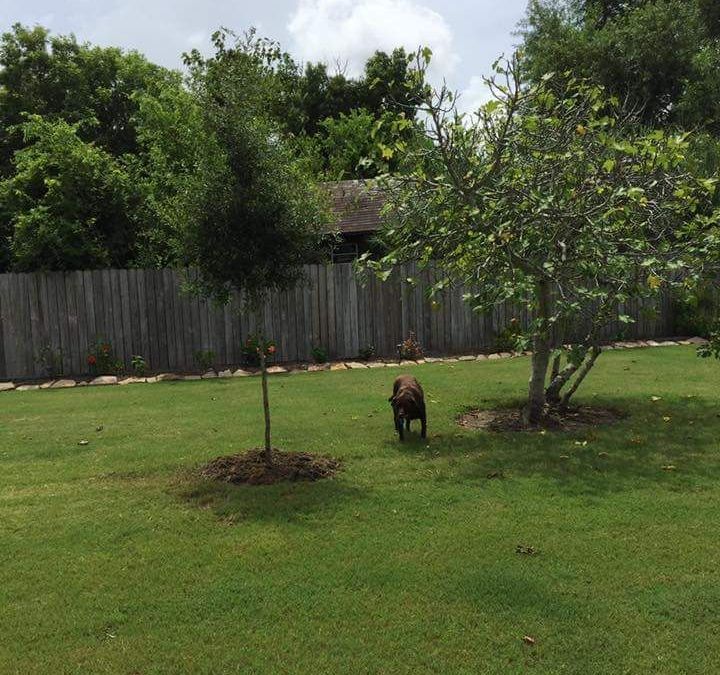
*The image on the left is a tree that has just freshly planted in needing of support, the tree on the right is the same tree a week later after the root ball pinning*
What if the Strap is Supporting the Tree? Alternatives to Strapping
Sometimes straps are used to support young or newly planted trees, but leaving them on too long can lead to girdling. If you’re concerned that the strap is necessary for support, consider staking your newly planted tree. Four stakes can be driven through the root ball into the ground to anchor/pin the root ball into place. This supports the tree without directly wrapping the tree’s trunk, avoiding any chance of the tree girdling. This helps the newly planted tree to create a stronger more rigid trunk and root system.
Another alternative to strapping an unstable tree is anchoring. You can anchor a tree by drilling an eyebolt into the trunk of the tree and attach the guys(or straps) to the eyebolt and into the ground. This prevents the straps from girdling the tree. This method should only be used on trees where staking the tree is more of a permanent measure or where root pinning is no longer an option. (I.E. a tree blown over during a storm)
To learn which method works best for your tree’s unique situation, you should contact a local certified arborist.
How to Avoid Girdling in the Future
Prevention is the best cure when it comes to girdling. Here are some key steps to take:
- Long-term Staking: Using an eyebolt to attach the straps to the tree trunk is the best method for standing up an unsteady tree. This prevents the straps from girdling the tree.
- Root Ball Pinning: This method is best used on newly planted trees to help them establish a strong trunk and root system without the risk of girdling. It involves driving 4 stakes into the root ball holding it steady in place.
- Avoid Volcano Mulching: Piling mulch too high around the base of the tree can encourage adventitious root growth, or roots to grow out of the sides of the trunk. This can lead to root girdling. So, it is important to keep mulch away from the base of the trunk and apply it properly.
(Check out this blog to learn about the dangers of volcano mulching, its effect on your trees, and how to properly apply it)
4. Don’t Strap the Tree for Too Long: If you need to stabilize a young tree, only use straps or ties temporarily, and check them
regularly to ensure they aren’t becoming too tight.
5. Be Mindful of Fence and Structure Placement: When planting trees, ensure they have enough space to grow without being obstructed by fences, decks, or other structures that may cause future girdling.
By understanding the risks and taking proactive measures, you can ensure your trees grow healthy and strong without the threat of girdling. Proper planting techniques, regular inspections, and early intervention are the keys to avoiding this common problem and promoting long-term tree health.
Liriope’s Muse - Expert Tree Care Tips
